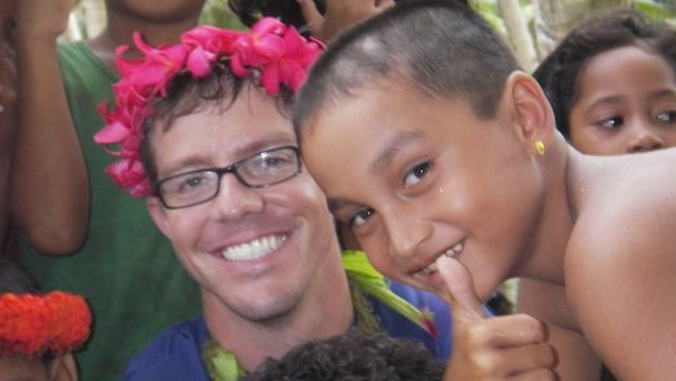
When the first patient came in complaining of joint pain, rash and conjunctivitis, or “red eyes,” W. Thane Hancock wasn’t sure what was causing the condition. He scribbled down “viral exanthem” as the diagnosis. (Exanthem is the medical term for rash.)

When another patient came in that same morning with identical symptoms, Hancock thought to himself, “that’s weird.” After lunch, a third patient presented with similar symptoms, he suspected something was going on. That’s when Hancock began to piece together what would become the world’s first reported outbreak of Zika virus infections.
It was 2007, and Hancock, who graduated in 2003 from the University of Hawaiʻi at Mānoa John A. Burns School of Medicine (JABSOM), was only nine months into his job as a family doctor on the island of Yap, part of the Federated States of Micronesia. At the time he was the only U.S. trained physician working on the small Micronesian island.
Hancock, schooled in the “Problem-Based Learning” (PBL) curriculum at JABSOM, was accustomed to thinking broadly. When confronting a medical mystery, PBL students are taught not to rule out anything too early, but to list all possibilities, then plug away at eliminating possible causes one by one.
“The PBL process that encourages curiosity and a determination to find out what it is served me very well in Yap,” said Hancock, who grew up on Hawaiʻi Island. “The curriculum at JABSOM emphasizes life-long learning,” said Hancock, and that is how he approaches every case.
For more on the story, go to the JABSOM website.
—By Tina Shelton

